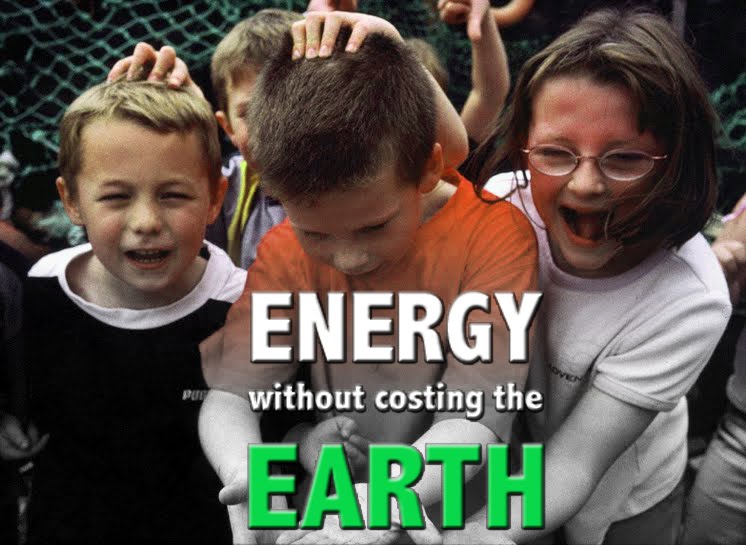Sea borders many of the areas that the John Muir Trust owns or has partnerships with. The beauty of wild landscape combined with seascape attracts many visitors to these areas and is a vital part of the tourism economy that sustains local communities.In this guest blog, Rory Syme, Communications Officer for the John Muir Trust, reflects on a recent Trust work party to clear litter from Camasunary, near Elgol on the Isle of Skye.
Over Easter Weekend 17 volunteers took part in a litter pick on Camasunary, as part of the Trust’s
annual programme of conservation work parties.The bay is bordered by the Trust's Strathaird propoerty and is a key gateway to the Cuillin, one of Europe’s finest mountain ranges. During peak season hundreds of walkers from all over the world will walk past every day.
We found a great variety of rubbish, from shotgun shells that had been washed down-river, barrels and crates, toothbrushes, crisp packets, bottles, and even the petrol tank from a small boat. The majority of the litter though seemed to be small pieces of brightly coloured plastic fishing net. In places this covered the beach.
Not only was it back breaking work to pick this up, the sheer amount of plastic debris made it hard to appreciate that we were making a difference.
Plastic will never biodegrade, only slowly disintegrate into smaller pieces, making it a serious danger to wildlife. 90 per cent of fulmars found dead in the North Sea have
plastic in their stomachs.
The work party inspired some discussion about our efforts. Is it right to gather up litter from one place to then pay for it to be transported and buried in landfill a few miles down the coast?
Can a small team of volunteers really make a difference against the huge tide of litter that is washed ashore every year? And what can we do about the vast majority of our marine litter, which either sinks to the bottom of the sea or just bobs around on the ocean, sometimes in huge amounts, as with the
Great Pacific Garbage Patch?
As a society reducing the amount of litter we produce by becoming less disposable and more sustainable is a good starting point, and on a local level we need to tackle the visible effects of a life dominated by plastic.
For organisations like the John Muir Trust volunteers play a key part of achieving our objectives. We have a healthy interest in our work parties each year, and you can find out how to get involved on our
website, but there are many other ways to help reduce the amount of litter in wild places.
Individuals can make a difference by going a step further from Leave No Trace and aiming to leave a positive footprint behind by filling a bag with litter on every walk.
Communities, schools and other groups can organise their own clean-ups through programmes like the Marine Conservation Society’s
Beachwatch Big Weekend, or the Keep Scotland Beautiful’s
Big Spring Clean.
Businesses that rely on tourism can support efforts to protect the landscape that provides their livelihood, through sponsorship, or just offering a free cup of tea at the end of a hard day’s litter picking.
Can we really afford for our natural heritage to disappear under piles of plastic?
 If you are out and about in Kinlochbervie over this weekend there are a series of activities celebrating International Biodiversity week. From ranger led walk to boat trips.
If you are out and about in Kinlochbervie over this weekend there are a series of activities celebrating International Biodiversity week. From ranger led walk to boat trips.




